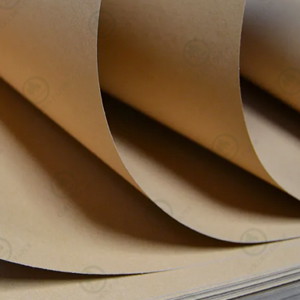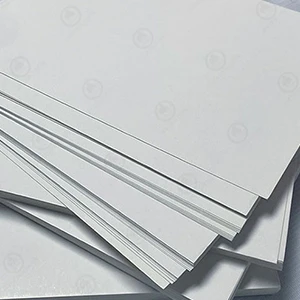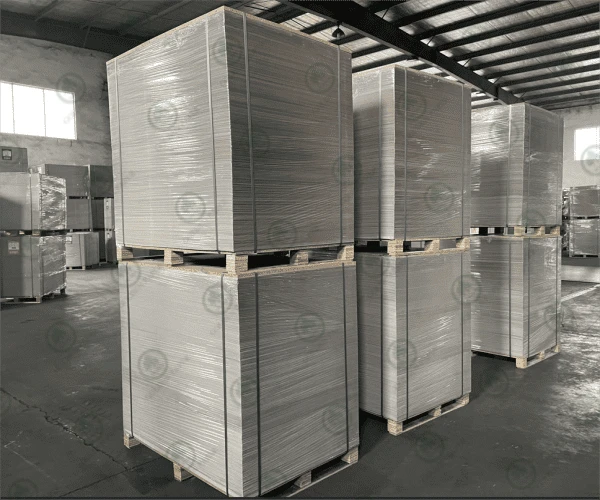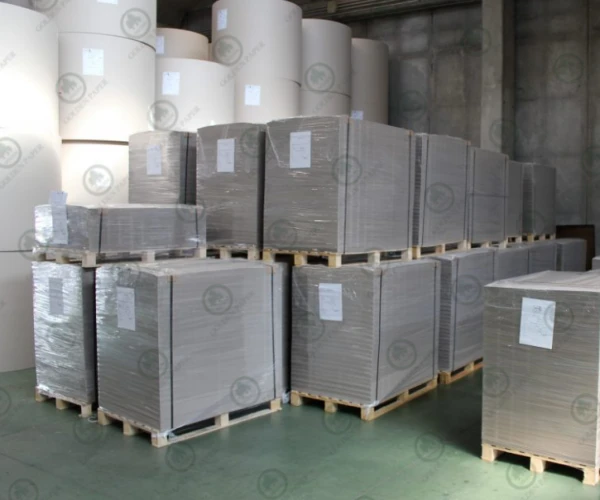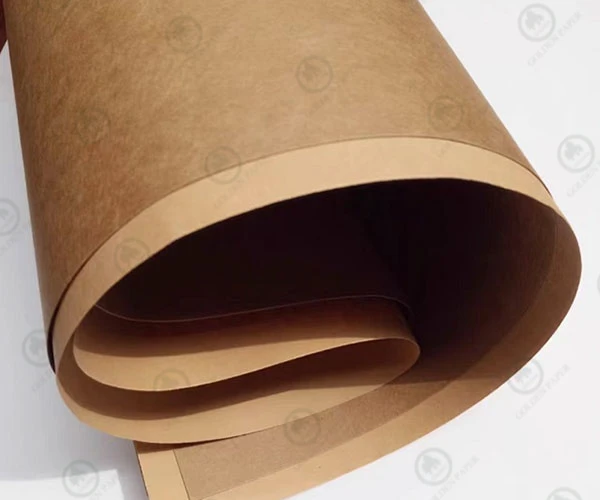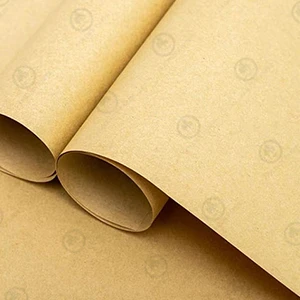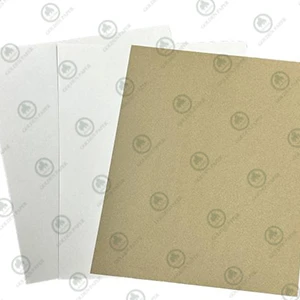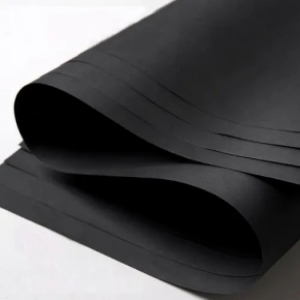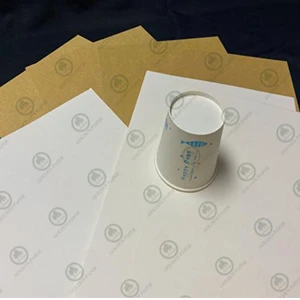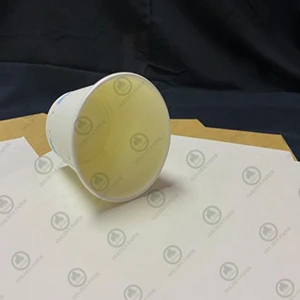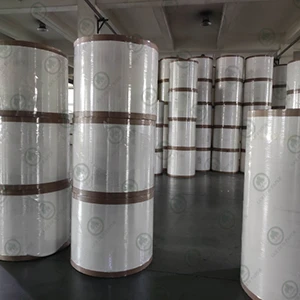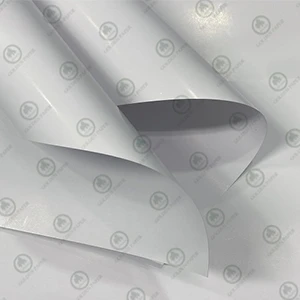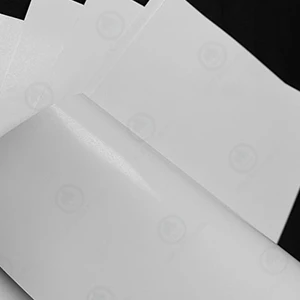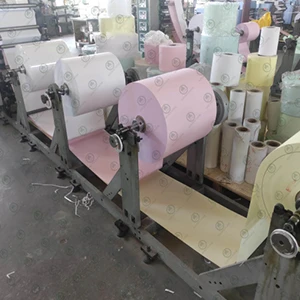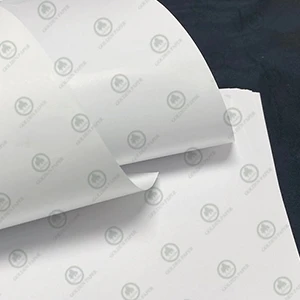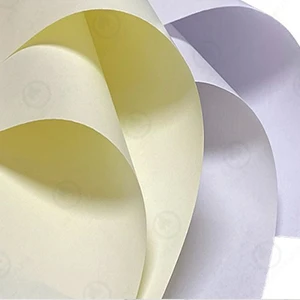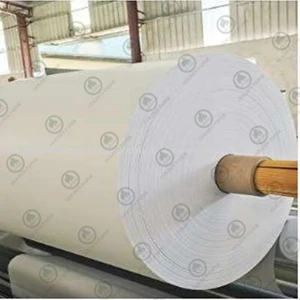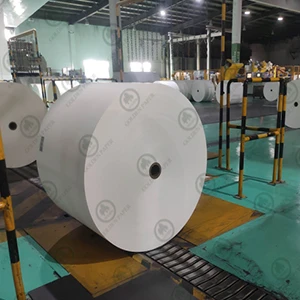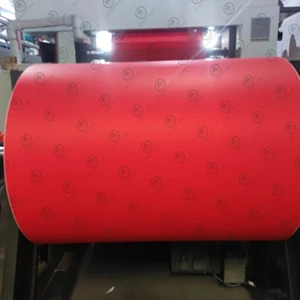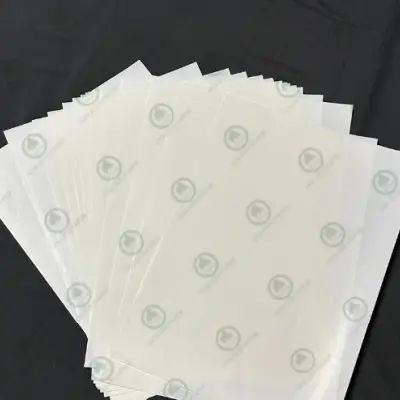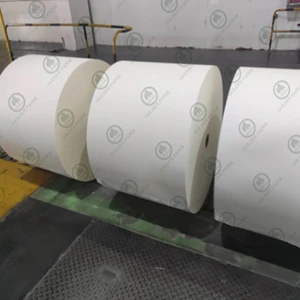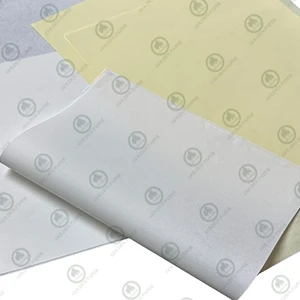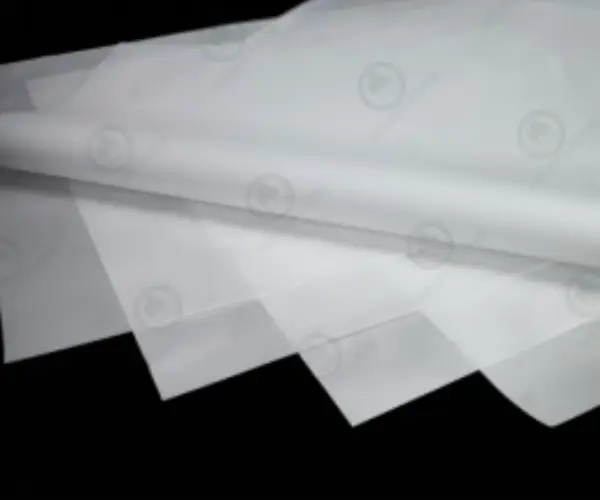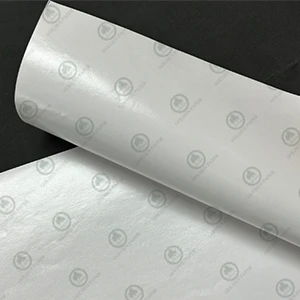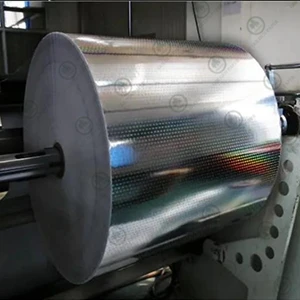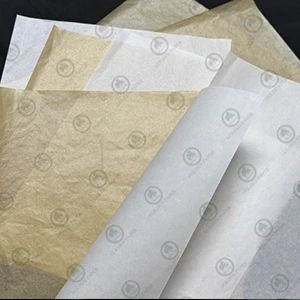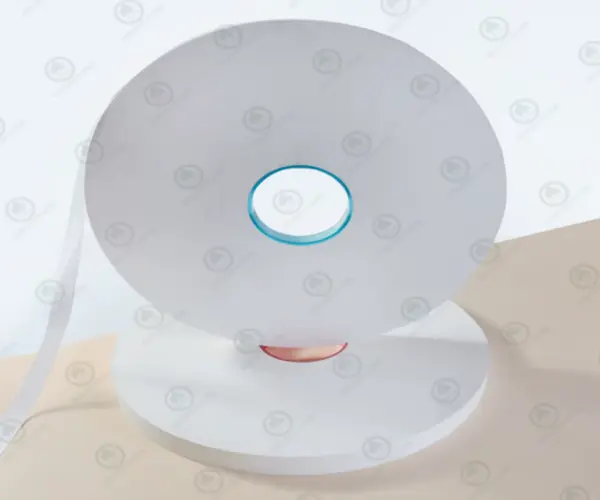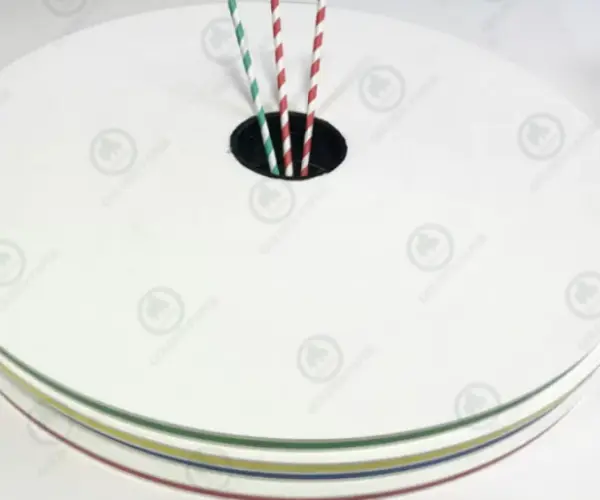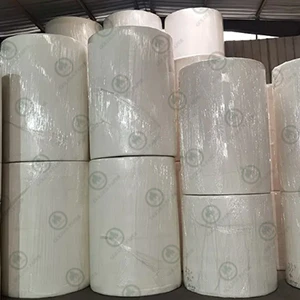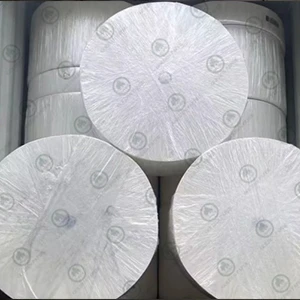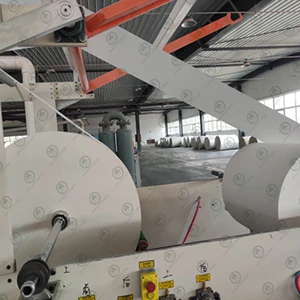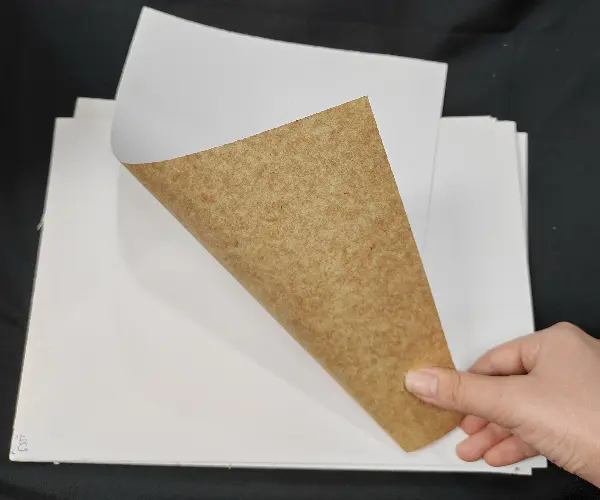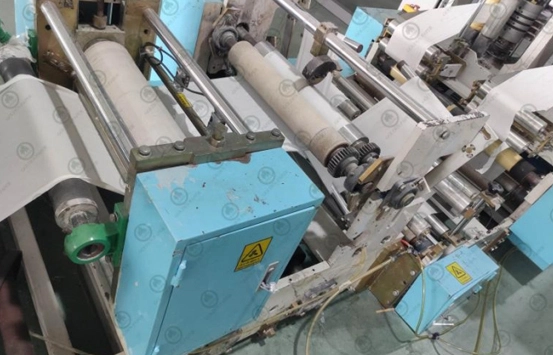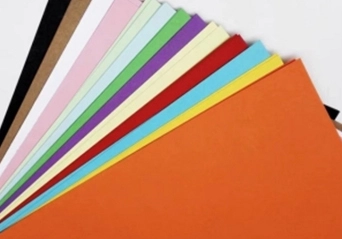Introduction
As sustainability becomes a global priority, companies are shifting their packaging decisions from purely cost-based to value-driven—balancing environmental impact with brand image. Kraft paper has emerged as one of the most popular packaging materials in this transition. In this guide, you'll learn what kraft paper is, how it's made, its key advantages, and why it has become the material of choice in the world of eco-friendly packaging.
What Is Kraft Paper?
Kraft paper is a type of packaging paper produced using the Kraft Process, a chemical pulping method that removes more lignin from wood than traditional processes, resulting in stronger, more durable fibers. This is why kraft paper is known for its excellent tear resistance and tensile strength, as well as being biodegradable and recyclable.
The word Kraft comes from German, meaning strength, which perfectly reflects the nature of this paper. Rather than serving a single purpose, kraft paper is a versatile material recognized for its mechanical durability and environmental benefits. It can be used for food-grade bags, industrial packaging, or even creative design projects.

How Is Kraft Paper Made?
Raw Material Preparation
At our paper mill, kraft paper is produced from virgin wood pulp or recycled pulp. These raw materials are first cleaned to remove contaminants such as ink, adhesives, or oils. Once cleaned, the fibers are pulped into a slurry-like consistency.
Pulp Mixing
Water is added to the treated fibers, and the mixture is thoroughly stirred to form an even slurry. The consistency and quality of this pulp will directly affect the final product.
Paper Formation
The slurry is poured into the papermaking machine where it spreads evenly over a wire mesh screen. With precise control over speed and pressure, the slurry is shaped into a uniform sheet of paper.
Drying
The wet paper sheet passes through a drying section where it is exposed to heated air or rollers. Moisture is evaporated gradually while maintaining the right balance of temperature and humidity to ensure paper quality.
Reeling
Finally, the dried kraft paper is wound into rolls using a reeling machine. Speed and tension are adjusted to produce clean, flat rolls ready for cutting, printing, or packaging.
Key Advantages of Kraft Paper
Exceptional Strength and Durability
Kraft paper has one of the highest tensile strengths among paper types. It’s ideal for heavy-duty packaging, industrial cushioning, and protective liners.
Eco-Friendly and Biodegradable
Unlike plastic packaging, kraft paper is fully biodegradable and recyclable, aligning with global carbon neutrality goals and ESG (Environmental, Social, and Governance) standards.
Highly Customizable
Kraft paper supports a wide range of finishes including printing, embossing, and lamination. This makes it easy to maintain its natural look while still meeting brand-specific visual requirements.
Unbleached for Maximum Fiber Integrity
Kraft paper is typically unbleached, preserving fiber strength and reducing chemical use. This not only extends the product's life but also minimizes environmental impact.

Popular Applications of Kraft Paper
Packaging Industry
Logistics & Shipping: Its high toughness makes it ideal for packaging e-commerce goods, furniture, and heavy industrial items.
Food Packaging: Virgin kraft paper is non-toxic and food-safe, commonly used for takeaway bags, cake liners, and meat wraps.
Consumer Goods Packaging: Favored by sustainable brands for its printability and rustic appearance.
Brand Marketing
Eco-Friendly Labels & Business Cards: The natural brown tone adds a unique visual identity while reinforcing a green message.
Custom Branded Packaging: Kraft paper can be printed, embossed, or die-cut to create a distinctive branded experience.
Creative & DIY Projects
Scrapbooking & Crafting: Loved by crafters for its earthy texture, kraft paper is perfect for invitations, cards, and gift wraps.
Art Media: Suitable for acrylic, watercolor, charcoal, and more—making it a go-to for illustrators and printmakers.
Why Is Kraft Paper Becoming the Global Standard for Packaging?
Kraft paper is rapidly replacing traditional coated paperboard and white card stock in the packaging industry. This shift is driven not only by its sustainable nature but also by policy changes and evolving consumer values. For instance, the EU’s Plastic Ban and China's Dual Carbon strategy have accelerated the adoption of paper-based alternatives. Meanwhile, Gen Z consumers are more willing to pay for eco-friendly choices, and kraft paper aligns well with the natural, minimalist aesthetics many modern brands pursue.
Spanning across industries—from food and e-commerce to apparel and the arts—kraft paper offers unmatched adaptability. It's more than just a material; it represents a physical expression of environmental responsibility.
Conclusion
I have said a lot about kraft paper, and I believe you have a certain understanding of kraft paper. If you have any questions, please feel free to contact us at Golden Paper. As a factory with more than 20 years of papermaking experience, we can provide you with various office papers, printing papers, industrial packaging papers and food packaging papers.
 GOLDEN PAPER
GOLDEN PAPER
 EN
EN
 fr
fr  de
de  es
es  it
it  ru
ru  pt
pt  ar
ar  vi
vi  tr
tr  id
id 